- No products in the cart.
Panadol Tab n / 500mg film about 12 pc
$0.81
Panadol Tab n / 500mg film about 12 pc
Description
Composition
Active substance:
500 mg paracetamol
Excipients:
Corn starch – 21.4 mg pregelatinized starch – 50 mg Potassium sorbate – 0.6 mg Povidone – 2 mg Talc – 15 mg of stearic acid – 5 mg, triacetin – 0.83 mg hypromellose – 4.17 mg.
Description:
Tablets, film-coated white kapsulovidnoy shape with a flat edge on one side of the coated tablets mark stamping method in a triangle, on the other side – the risk.
Product form:
12 pcs. – blisters (1) – packs cardboard.
Contraindications
Children under 6 years of age; hypersensitivity to the drug.
Dosage
500 mg
Indications
Symptomatic therapy: pain syndrome: headache, migraine, toothache, sore throat, back pain, muscle pain, painful menstruation; febrile syndrome (as antipyretic): fever against the background of colds and flu. The drug is designed to reduce the pain at the time of use, and does not affect the progression of the disease.
Interaction with other drugs
Long-term sharing of paracetamol and other NSAIDs increases the risk of “analgesic” nephropathy and renal papillary necrosis, onset of end-stage renal failure. Simultaneous long-term administration of paracetamol at high doses of salicylates, and increases the risk of kidney cancer, or bladder. Diflunisal increases the plasma concentration of paracetamol at 50%, which increases the risk of hepatotoxicity. Myelotoxic drugs increase the expression gematotoksichnosti drug. The drug at the reception for a long time increases the effect of anticoagulants (warfarin and other coumarin), which increases the risk of bleeding. Inductors microsomal oxidation enzymes in the liver (barbiturates, phenytoin, carbamazepine, rifampicin, AZT, phenytoin, ethanol, flumetsinol, phenylbutazone and tricyclic antidepressants) increase the risk of hepatotoxicity with overdoses. Inhibitors of microsomal oxidation (cimetidine) reduce the risk of hepatotoxicity. Metoclopramide and domperidone to increase, and cholestyramine reduces the rate of absorption of paracetamol. Ethanol while the use of paracetamol promotes the development of acute pancreatitis. The drug may reduce the activity of uricosuric drugs.
Overdose
The drug should only be taken in recommended doses. In case of exceeding the recommended dose should immediately seek medical help, even with a good feeling, because of the risk of delayed serious liver damage. Liver damage in adults is possible at the reception? 10 g of paracetamol. Reception? 5 g acetaminophen can cause liver damage in patients who have the following risk factors: long-term treatment with carbamazepine, phenobarbital, phenytoin, primidone, rifampicin, Hypericum perforatum drugs or other drugs that stimulate liver enzymes; regular consumption of alcohol in excessive amounts; may have glutathione deficiency (with eating disorders, cystic fibrosis, HIV infection, starvation and exhaustion). Symptoms of acute poisoning with paracetamol are nausea, vomiting, stomach pain, sweating, pale skin. After 1-2 days determined signs of liver disease (pain in the liver area, elevated liver enzymes). In severe cases of overdose developing hepatic failure may develop acute renal failure with tubular necrosis (including the absence of severe liver damage), arrhythmia, pancreatitis, encephalopathy, and coma. Hepatotoxic effect in adults is shown at the reception? 10 g of paracetamol. Treatment: stop using the product and consult a doctor immediately. Recommended gastric lavage and intake ehnterosorbentov (activated carbon, Polyphepanum); administering donor of SH-groups and precursors of glutathione synthesis – methionine through 8-9 hours after the overdose and N-acetylcysteine -. 12 hours The need for additional therapeutic activities (further administration of methionine, / in administering N-acetyl cysteine) is determined depending on the paracetamol concentration in the blood, and the time elapsed after administration. Treatment of patients with serious hepatic dysfunction at 24 hours after ingestion of paracetamol should be carried out together with specialists or poison control center specialized branch of liver diseases.
pharmachologic effect
Pharmacological group:
N02BE01
Pharmacodynamics:
Analgesic-antipyretic. It has analgesic and antipyretic effect. Blocks the COX-1 and COX-2 predominantly in the central nervous system, acting on pain centers and thermoregulation. Anti-inflammatory effect is practically absent. It does not cause irritation of the stomach and intestines. It does not affect the water-salt metabolism, as it does not affect the synthesis of prostaglandins in peripheral tissues.
Pharmacokinetics:
Absorption and distribution of absorption – high, Cmax is reached after 0.5-2 hours and is – 5-20 .mu.g / ml. Relationship to plasma proteins – 15%. Penetrates through the BBB. Less than 1% of the accepted dose of paracetamol nursing mother enters the breast milk. The therapeutically effective concentration of paracetamol in plasma achieved when administered at a dose of 10-15 mg / kg. Metabolism and excretion metabolized in the liver (90-95%): 80% unreactive conjugation with glucuronic acid and sulphates to inactive metabolites; 17% undergoes hydroxylation to form 8 active metabolites, which is conjugated with glutathione to form already inactive metabolites. With a lack of glutathione, these metabolites may block the enzyme systems of hepatocytes and cause their death. The metabolism of the drug is also involved isoenzyme CYP 2E1. T1 / 2 -. 4.1 h excreted by the kidneys as metabolites, mainly conjugates, only 3% in an unmodified form. Pharmacokinetics in specific clinical situations in older patients and reduced clearance of the drug is increased T1 / 2.
Pregnancy and breast-feeding
With caution and only under medical supervision should use the drug during pregnancy and lactation.
Conditions of supply of pharmacies
Without recipe
side effects
The recommended dosage is generally well tolerated drug. Allergic reactions: sometimes – skin rash, itching, angioedema. From the hematopoietic system: rarely – anemia, thrombocytopenia, methemoglobinemia. From the urinary system: long-term use at high doses – renal colic, nonspecific bacteriuria, interstitial nephritis, papillary necrosis.
special instructions
With prolonged use at high doses necessary to monitor the blood picture. With caution and only under medical supervision use in patients with liver or kidney problems, while taking antiemetic drugs (metoclopramide, domperidone), as well as drugs that lower blood cholesterol levels (cholestyramine). In the case of the daily needs for analgesics while taking anticoagulants paracetamol can be taken occasionally. In the analysis, the determination of uric acid and blood glucose levels should tell your doctor about taking Panadol. To avoid liver toxicity of paracetamol should not be combined with the admission of alcoholic beverages, as well as to make people prone to chronic alcohol consumption.
Storage conditions
The drug should be stored in reach of children at a temperature not higher than 25 ° C.
Dosing and Administration
Adults (including elderly) drug administered at 500 mg-1 g (2.1 pi.) Up to 4 times / day, if necessary. The interval between doses – not less than 4 hours, a single dose (. 2 tablets) can be taken no more than 4 times (8 pi.) For 24 hours Children aged 6-9 years prescribe on 1/2 tab.. 3-4 times / day, if necessary. The interval between doses – at least 4 hours maximum single dose for children 6-9 years -. 1/2 Tab. (250 mg), the maximum daily – 2 tab. (1 g). Children aged 9-12 years appoint 1 tab. up to 4 times / day, if necessary. The interval between doses – at least 4 hours, a single dose (. 1 tab) can be taken no more than 4 times (4 pi.) For 24 h drug is not recommended to apply more than 5 days as an analgesic and more than 3 days antipyretic without purpose. and supervision of a physician. Increasing daily dose or duration of treatment is possible only under medical supervision.
Information
Appearance may differ from that depicted in the picture. There are contraindications. You need to read the manual or consult with a specialist
Additional information
| Weight | 0.100 kg |
|---|---|
| Manufacturer | Panadol |

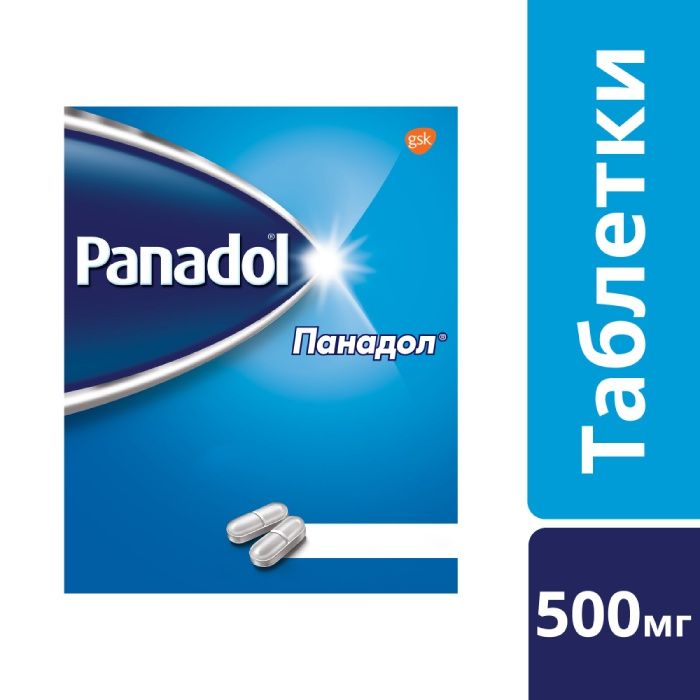
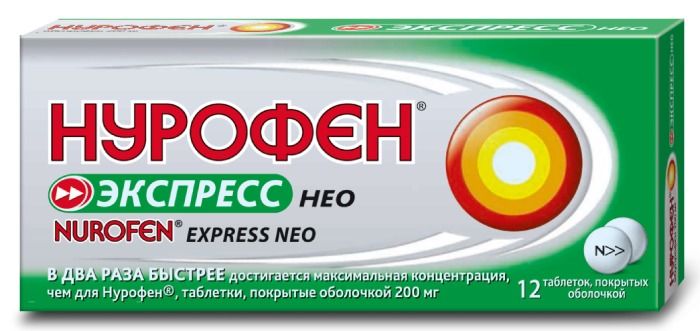
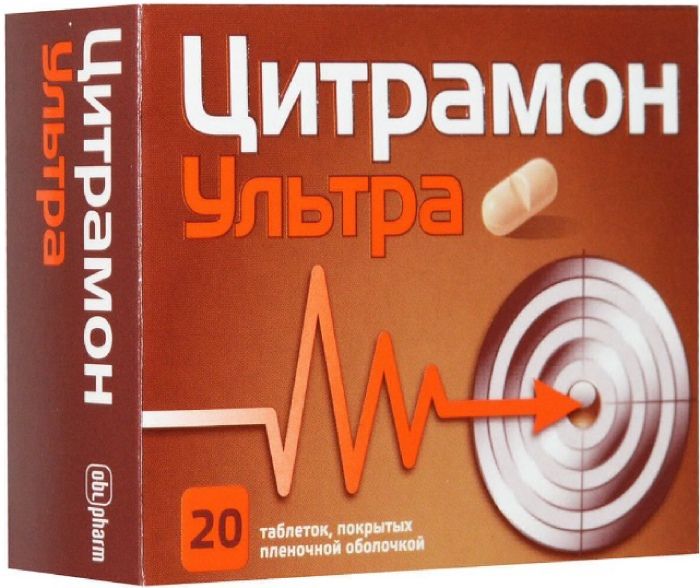
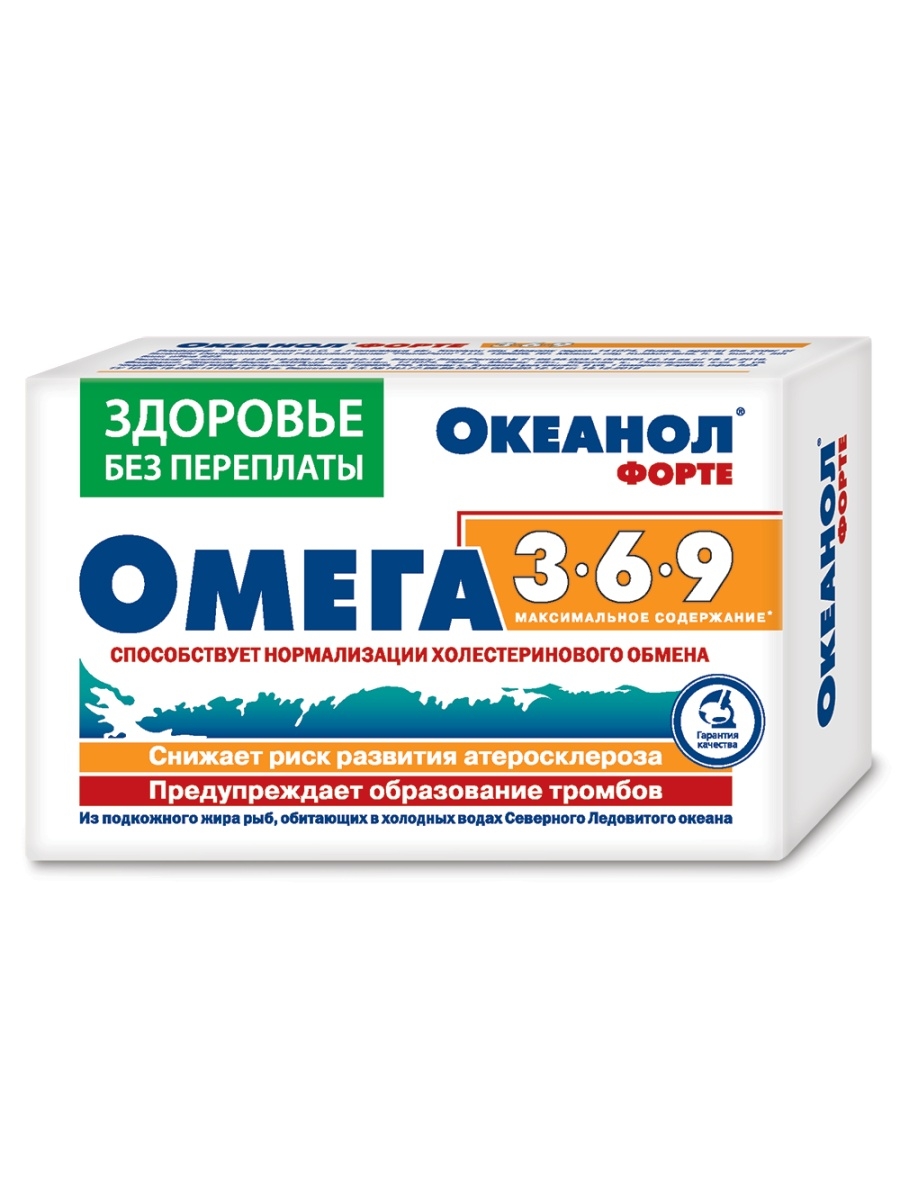
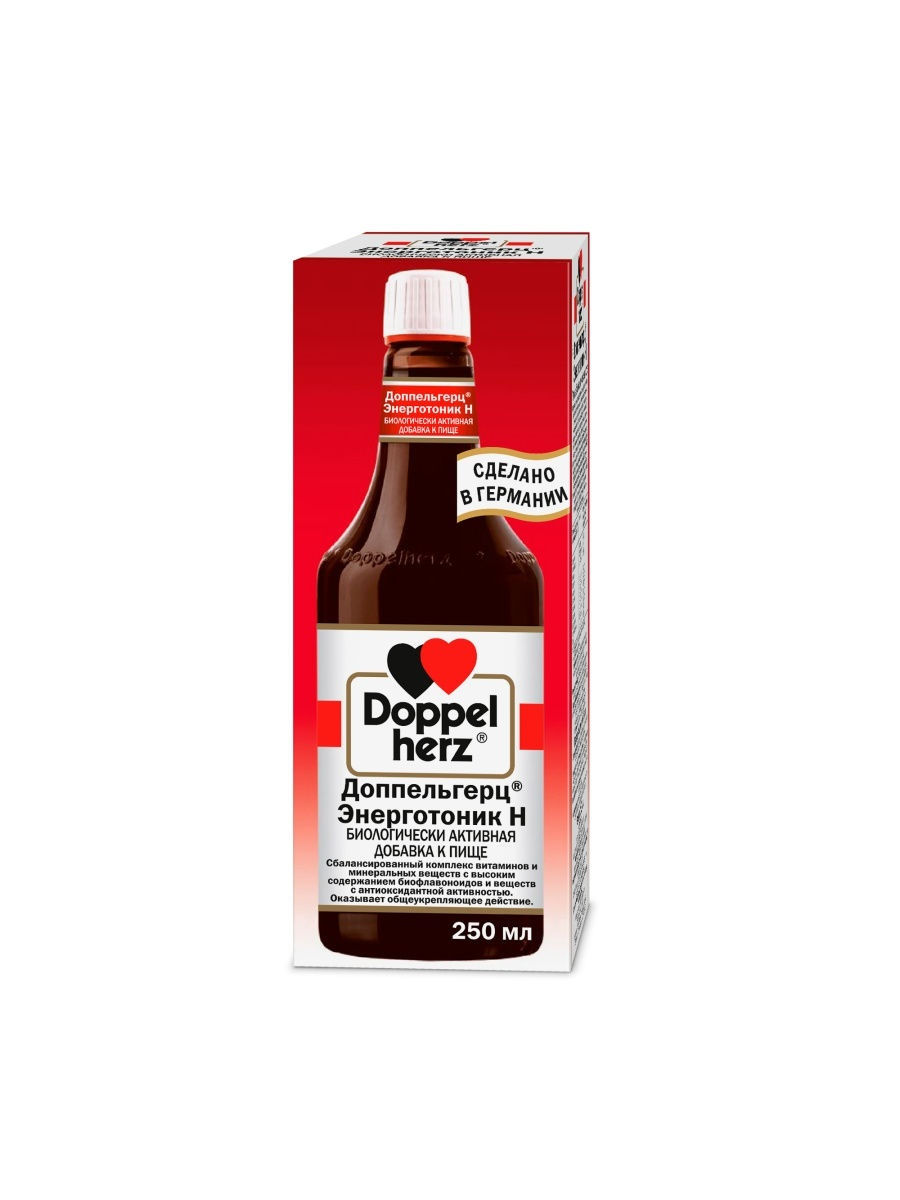
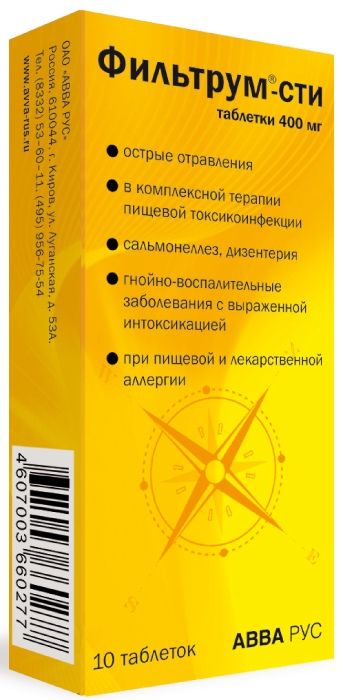

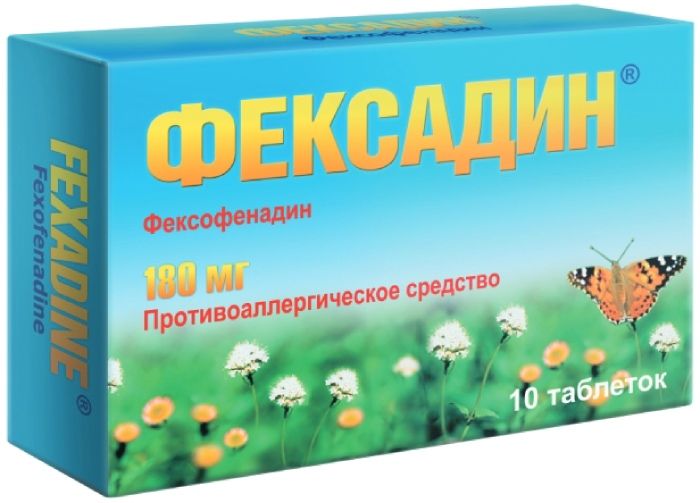
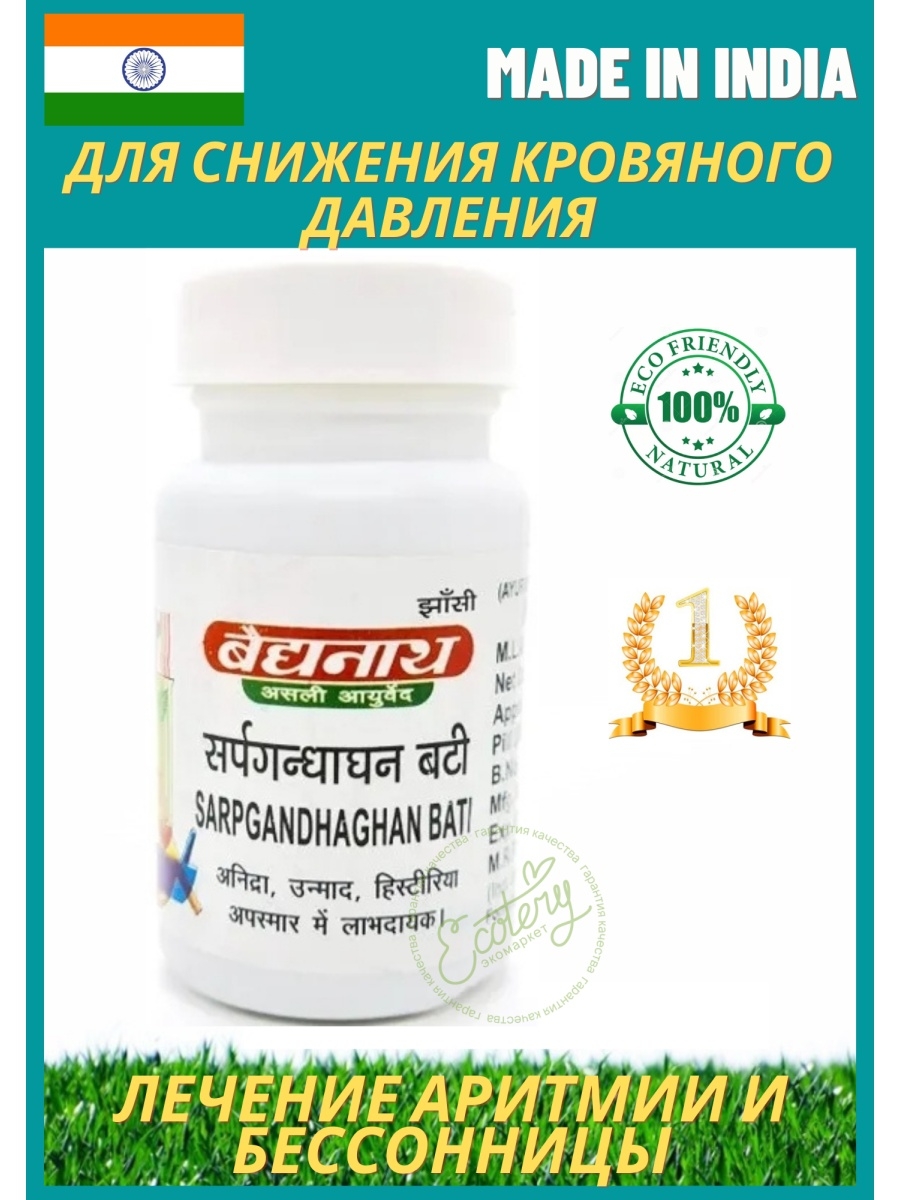




There are no reviews yet.